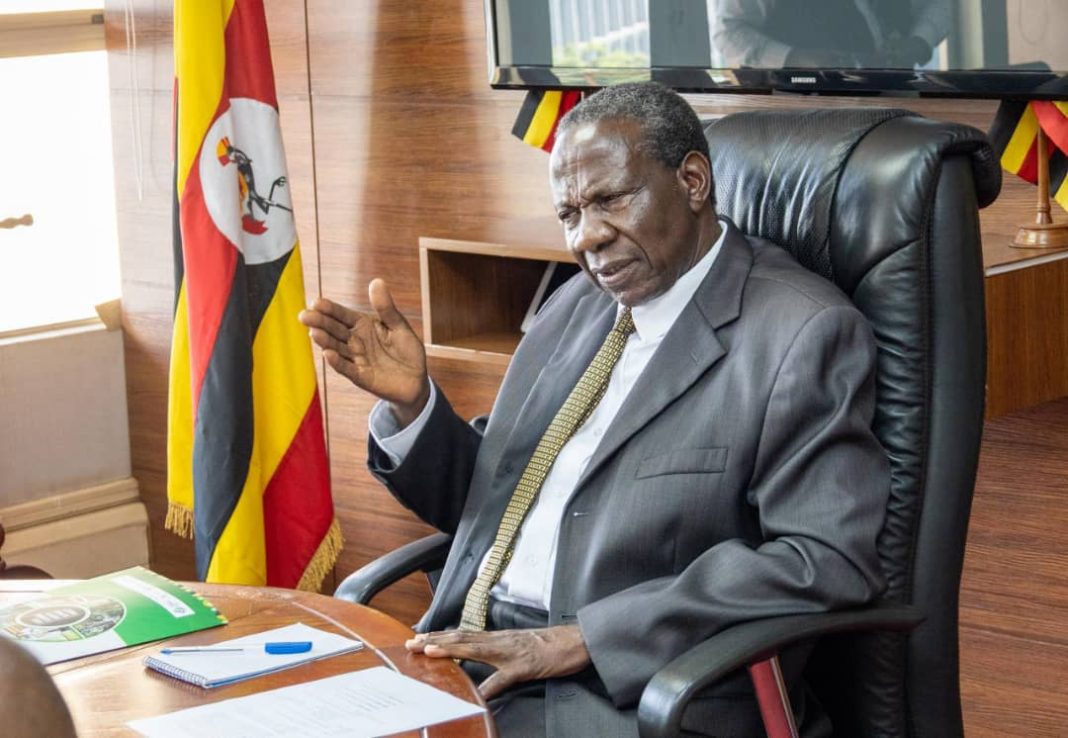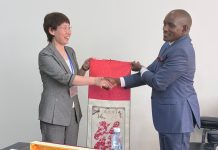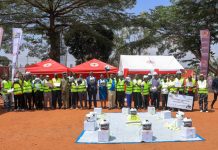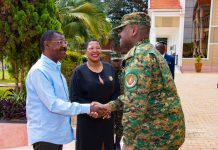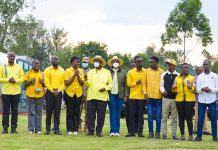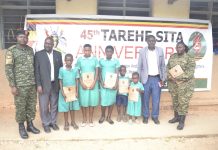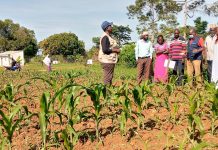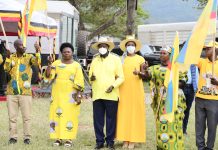The Ministry of Local Government, with support from the Islamic Development Bank (IsDB) and the Lives and Livelihoods Fund (LLF), is implementing the Local Economic Growth Support (LEGS) Project (2019-2025) as part of the overall National Policy on Local Economic Development (2014).
The Project aims to improve rural livelihoods through a set of integrated and mutually reinforcing interventions in agricultural production and natural resource conservation such as provision of water for production and human consumption, development of rural economic infrastructure for market access, and increased access to affordable micro-finance.

Funding Agencies: Government of Uganda (GoU), Islamic Development Bank (IsDB), Lives and Livelihoods Fund (LLF), Beneficiary Communities.
Implementing Arrangement:
The Ministry of Finance, Planning and Economic Development (MoFPED) is the borrower of the Credit Facility on behalf of Government of Uganda.
The LEGS Project is implemented through partnership with the Ministry of Local Government as the Executing Agency, the Microfinance Support Centre Limited (MSC) an Implementing Partner, Millennium Promise Alliance (MPA) a Technical Backstopping Consultant, and the District Local Governments.

During implementation, relevant Line Ministries are engaged to provide oversight, and technical support for specialized intervention areas. These include Ministry of Water and Environment; Ministry of Agriculture, Animal Industry and Fisheries; and Ministry of Trade, Industry and Cooperatives.
Project Cost (USD) IsDB : 33 million
LLF : 10 million
GoU : 4.8 million
Community Contribution (Cash/In-kind) : 2.6 (million)
Total : 50.4 million
Project Goal
The overall goal of the Project is to contribute towards the achievement of Sustainable Development Goals (SDG 1,2,6,7) by delivering an integrated development model to stimulate sustainable economic growth at the local, regional and national levels. The Project further contributes to the reduction of poverty levels and reversal of food and nutritional insecurity, while protecting the natural resource base upon which 90% of Ugandans derive their livelihoods.
Project Development Objectives
To enhance agricultural production and productivity to improve household income and livelihoods through investments in water and market access infrastructure, agricultural value chain development, and enhanced access to rural financing.
Project Outcome
- Improving access to safe water by 25%
- Increasing percentage of farmers using improved seeds by 30%
- Increasing area covered by irrigation, improved agricultural inputs and economic practices to double crop yields by 10%
- Increasing use of energy saving and renewable energy technologies by 20%
Components and Geographical Scope
LEGS has two components (A&B) across the 17 Districts as indicated below:
- Component A (Ministry of Local Government): Water for Enhanced Agricultural Productivity and Environmental Conservation is being implemented in ten districts: Alebtong, Bunyangabu, Kabarole, Kumi, Kibuku, Katakwi, Kyenjojo, Ntoroko, Gomba and Nakaseke.
- Component B (The Microfinance Support Centre Ltd): Support to Value Chain
Development – is being implemented in 17 districts comprising the 10 Districts
under Component A and 7 additional districts: Adjumani, Buyende, Tororo, Buikwe, Nwoya, Luwero and Rukungiri.
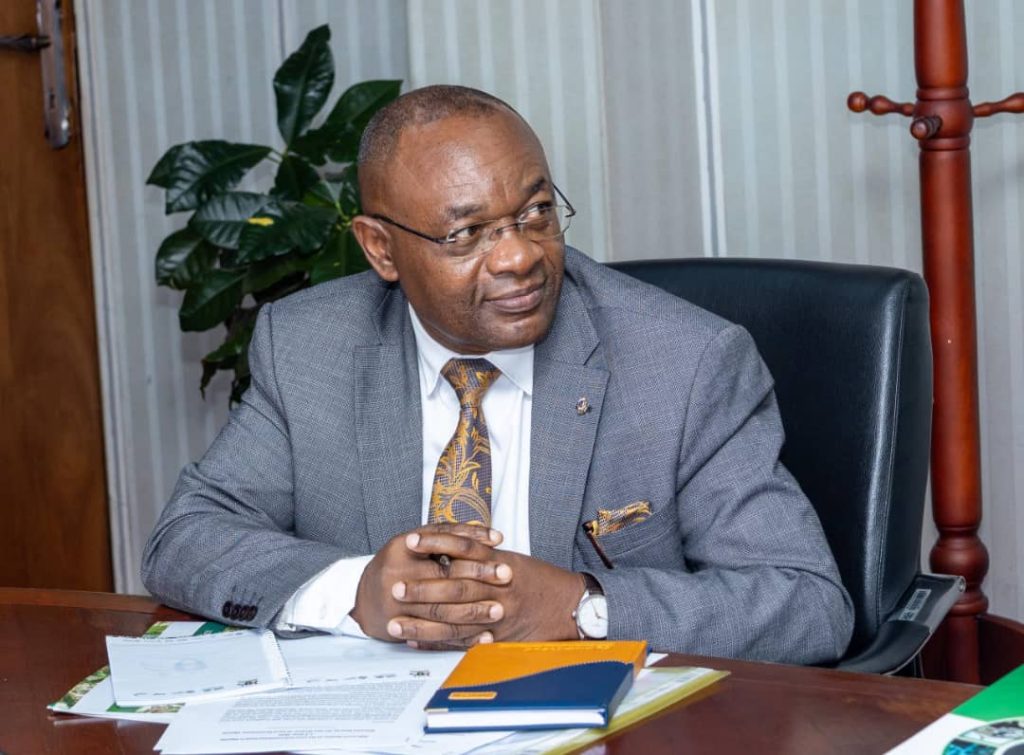
Selection Criteria of the Districts
The criteria used to select the beneficiary districts include:
- Severely Water Stressed Areas.
- Low Development Indicators, particularly Poverty Rates.
- Potential for economic activities, transformation, and contribution to national growth.
- Population and Demographic features.
- Poor distribution and status of basic and economic infrastructure
- Low coverage of micro-finance services
Target Population
The Project targets to directly benefit a population of approximately 2.3 million (of which 51% will be women) making up 283,000 Households.
Investment Areas
To achieve its objectives, the Project is investing in the following areas:
- improved access to water for production and consumption;
- opening and rehabilitation of community access roads;
- install postharvest handling and market infrastructure;
- enhanced natural resource management;
- support to livestock production fisheries and apiary;
- establish and strengthen farmer cooperatives;
- increase access to affordable and sustainable rural finance to purchase agricultural inputs, equipment, and machinery; and
- introduce renewable energy and energy saving technologies.


